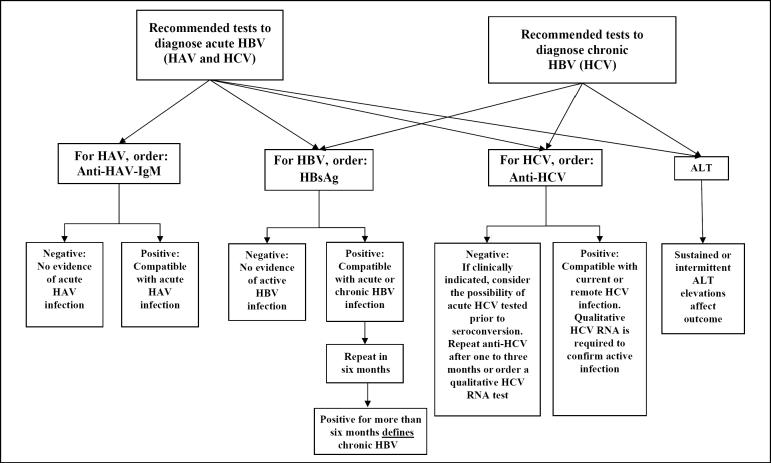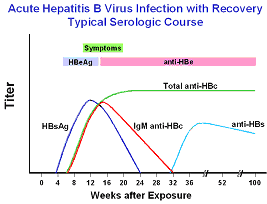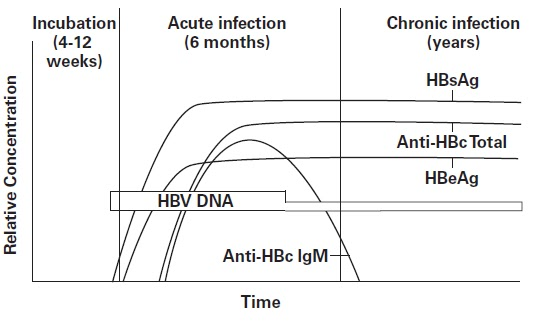Types of Hepatitis:
Inflammation of the liver is usually referred to as Hepatitis. Hepatitis is a widespread infectious disease normally caused by the Hepatitis viruses A, B, C, D and E. The condition can be self-limiting or can progress to liver fibrosis (scarring), cirrhosis or liver cancer.
In India, viral Hepatitis is now recognized as a serious public health problem. It places a huge social and economic burden on the affected individual, family, as well as the health system.
In India, as per latest estimates, 40 million people are chronically infected with Hepatitis B and 6 to 12 million people are chronically infected with Hepatitis C.
Less than one in 10 infected people are estimated to be aware of their status, hence accurate diagnosis is the key.
Modes of transmission:
Each Hepatitis virus has a different clinical progression. Hepatitis A is usually a short-term infection. Hepatitis B and Hepatitis C can also begin as short-term infections but in some people, the virus remains in the body, and becomes chronic eventually. There are vaccines to prevent Hepatitis A and Hepatitis B; however, there is no vaccine for Hepatitis C.
Safe blood, safe sex and safe needle usage are effective ways of preventing spread of Hepatitis B and Hepatitis C.
Lab Diagnosis:

Serological Profile: Hepatitis B
The Hepatitis B surface antigen (HBsAg, also known as Australia antigen) is the most frequently used marker to screen for the presence of this infection. It is the first detectable Hepatitis B viral antigen to appear during infection.
 Hepatitis B viral antigens and antibodies detectable in the blood following acute infection
Hepatitis B viral antigens and antibodies detectable in the blood following acute infection
 Hepatitis B viral antigens and antibodies detectable in the blood of a
Hepatitis B viral antigens and antibodies detectable in the blood of a
chronically infected person
To diagnose suspected acute Hepatitis: ELISA tests for Hepatitis B surface antigen (HBsAg) and IgM anti‐HBc antibody are done. If HBsAg is positive, proceed to hepatitis B “e” antigen (HBeAg) and antibody (HBeAb) (evidence level II).
Hepatitis C
To diagnose suspected acute hepatitis C: Samples are screened for anti‐HCV antibodies by third generation ELISA or other immunoassays (for example, chemiluminescence) (evidence level II).
- If the anti-HCV is negative, acute infection is ruled out in most immunocompetent individuals. Detection of seroconversion typically requires at least five to six weeks after acute infection. Acute infection can be confirmed or ruled out by either repeating the anti-HCV test within one to three months or by performing a qualitative HCV-RNA test. The qualitative HCV-RNA test is typically positive within two weeks after infection. If the patient is immunocompromised, a qualitative test for HCV-RNA may be required to confirm or rule out active infection.
- If the anti-HCV is positive, the individual has been infected with HCV. Because most HCV infections lead to chronic infection (mean 75%, range 50% to 85%), the presence of anti-HCV is generally correlated with active infection. However, a qualitative test for HCV-RNA is currently required to confirm active HCV infection.
Transasia Bio-Medicals Ltd. offers affordable and accurate ELISA tests for the diagnosis of Hepatitis infection vide its advanced range namely: ErbaLisa SEN HBsAg, ErbaLisa PICO HBsAg and ErbaLisa HCV gen 3 (v2).